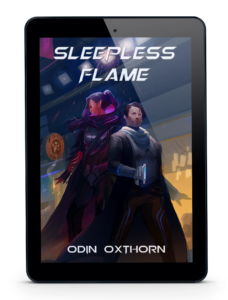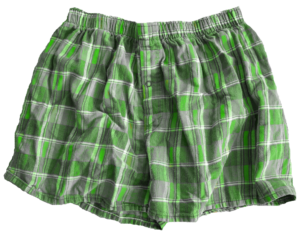Your characters have just finished sizing each other up, and inevitably, you need to figure out how they will go about beating the ever-living tar out of each other. Below I have illustrated my thought process on how I construct these scenes.
I do have examples of my combat scenes here for your examination.
I begin with two timeline points: the start (X and Y are standing in front of each other), then the result (X has Y in a headlock). In between is a multitude of points that bring the scene together, like frames in a zoetrope. The next step would be to draft a play-by-play of how the conflict takes place.
There is an underlying flow inside every combat engagement, and decoding that flow is key to effectively communicating a scene to your readers through narration. Not every graphic detail needs to be drawn out either, just enough to create a chain of action-reaction-action steps until you have reached your result point.
As you draft each point, consider where each limb is at that moment, followed by where they will be at the next step. From there, you can link the actions together to form one fluid sequence.
I tend to work directly in my draft when sketching out the scene, but for those that like more visual organization, you can illustrate these points on a flowchart, or draw out a bird’s eye map of the scene:
A pushes B in the right shoulder -> B steps back and slaps A with left -> A steps inside B -> B pivots around and hugs A’s neck
Once your sequence is drafted, polish it with descriptors to make it sound like sentient beings are fighting, not rock-em-sock-em robots. Don’t get too hung up on left versus right as well, it could clutter the prose, and eyes may glaze over keeping track of what hand slapped what nostril.
An important detail you do want to consider is how a body moves when something smacks it around. A slap versus a punch will yield two different results in skull motion, and require a different length of recovery time. Consider a shove in the shoulder versus a shove to the hips, or other balance points on the human body. For inspiration, get a couple jointed posing models you find in art supply stores and play around with them to get a better sense of range of motion.
Questions to ask yourself:
Are joints locked, or are they limber? How hard was that strike, exactly? How have their feet shifted, what noises did they make? What happens in the background, are there obstructions in the way?
Expression is also an important piece of communication, letting the reader know how the combatants feel about their opposition. Are their jaws clamped? Did their eyes widen as they realized an error in calculation? Are they looking at something in the background, or projecting their attack to their opponent?
You should also decide how much of a disciple of authenticity you want to project on your writing. There is a certain degree of reality that can be foregone for the sake of entertainment. If movies were painstakingly accurate, a lot of people would lose their appreciation (and possibly lunch) for action.
Your worldbuilding can also help smooth out a fight and buffer the suspension of disbelief. Supporting technology/magic you have created might let a character last longer or give them an edge in their fight, if they are an alien race that is stronger/weaker than humans etc.
Ultimately, it is a challenge to be an absolute expert at EVERYTHING, so go easy on yourself and trust in the suspension of disbelief. You can’t please everyone, and someone will be ready to point out how you are wrong in twelve different languages. The sooner you are comfortable with that, the easier writing combat becomes.
Research is also your best friend. Some of my favorite sources:
- Google specific questions like “how long does a choke hold last?” Be prepared to wade through an ocean of conflicting opinions. (Also, spoilers: not very long unless you want to kill, and even then, you’ll be holding on for several minutes.)
- Fighting forums, especially if you are looking for specific disciplines or fight styles.
- YouTube: there are a lot of martial art videos that display specific throws and sparring sessions. Play them on slow speed and analyze the combatants, limb positions, bent joints, where tension and force is held.
- Some of my favorite channels are: https://www.youtube.com/user/FortezaFitness
- https://www.youtube.com/channel/UC7Lm6U5hRi2fNSWq0cadZzw
- Analyze action films with choreography that display the fight clearly, without a mashup of jumpcuts and overly edited effects. Google for ideas on good films if you are looking for accuracy (The Duellists from 1977 and Act of Valor recommended for a start)
- Find local martial arts schools and ask to observe sparring sessions. Explain your intentions and what you are looking for in terms of research (weapons, unarmed, etc). They may be willing to let you sit in on a session, and even participate in demonstrations (after signing a waiver).
- One practice of import is the Historical European Martial Arts Alliance (HEMA), a group dedicated to the study of medieval combat, both armed and unarmed. Though you might not think it relevant to a SciFi world, a lot of the core mechanics of historical wrestling can be applied to modern fighting.
- You can find their page here: https://www.hemaalliance.com/club-finders/


